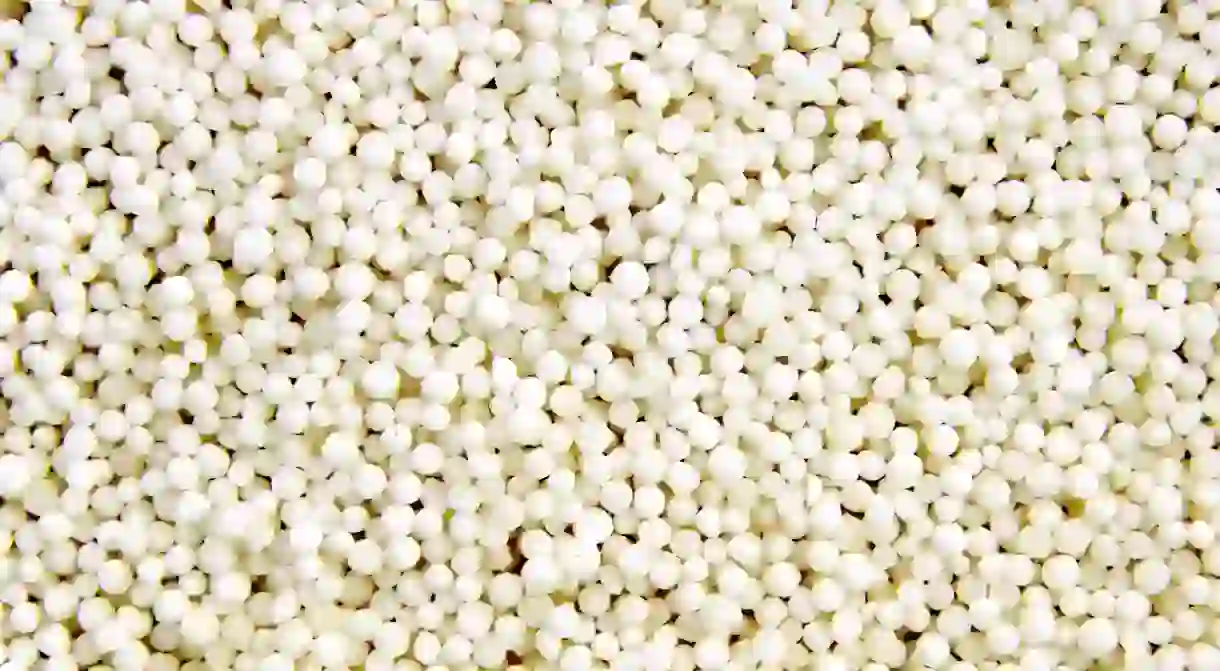A Brief Introduction to Tapioca

When foreigners tend to think of Brazilian cuisine, the ubiquitous (and delicious) churrasco, or barbecue spring to mind, but the diversity of foods and flavors of Brazil goes well beyond just meat. Tapioca is a versatile food, derived from the cassava, native to Brazil. Here is the Culture Trip’s intro to this staple Brazilian food.
Tapioca comes from a plant native to Brazil called cassava, or mandioca, in Portuguese. This starchy plant is grown and harvested throughout Brazil, South America and Africa, and its popularity continues to grow within the culinary world thanks to some particular characteristics of the cassava plant.

The actual tapioca comes from the starch of the cassava plant, and the result is a neutral flavored flour that is excellent for thickening a variety of foods, both sweet and savory. Tapioca maintains its gel-like structure well, even after being frozen and then thawed, making it more practical than corn starch for certain recipes.

Tapioca pudding may be common in the United States, but the tapioca pearls are often prepared differently in Brazil. Tapioca is used to make a kind of wrap which is white or off-white in color. Brazilians will add sweet or savory foods to the tapioca wrap, making it a popular food to consume at any time of day. It’s also often added to soups and sauces to thicken them, and is usually less expensive than other flours. Tapioca can also be added to doughs or meats, like burgers, to act as a stabilizing agent.

Nutritionally speaking, tapioca is all carbs because it is made from the extracted starch of the cassava plant. Zero fat and zero protein make tapioca a decent alternative for carbohydrate substitutes, but it is lower in dietary fiber than other starches. It is a great choice for gluten-free diets because it is a root-based flour. Tapioca is usually sold in the United States in pearl form, but if you’re looking for the flour or powder version, check your local health food store. Any dry tapioca product will keep fresh indefinitely as long as it is stored with an airtight seal and away from heat and moisture. Gluten-free desserts are a great way to introduce tapioca into a diet, but the uses for this Brazilian food are pretty much endless.














